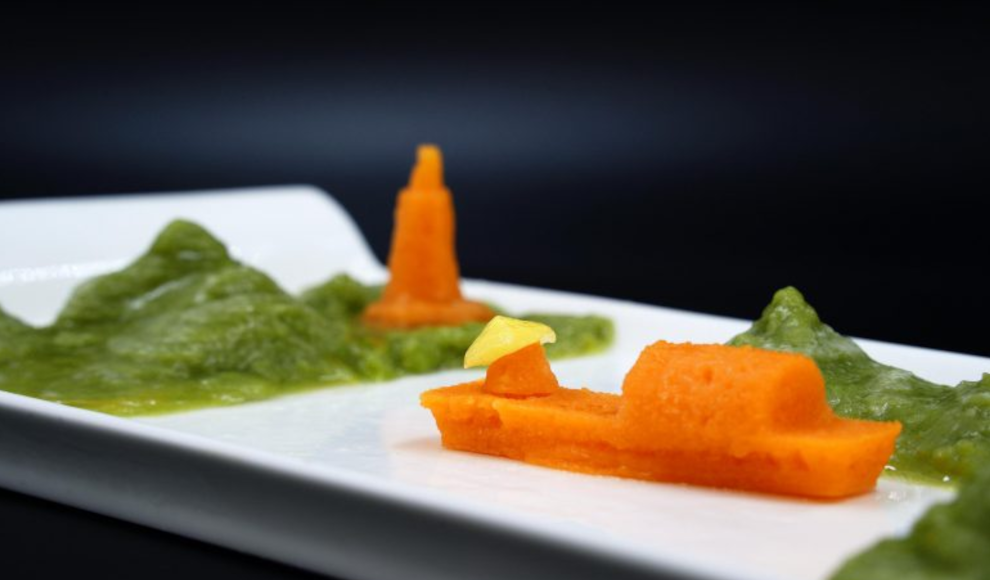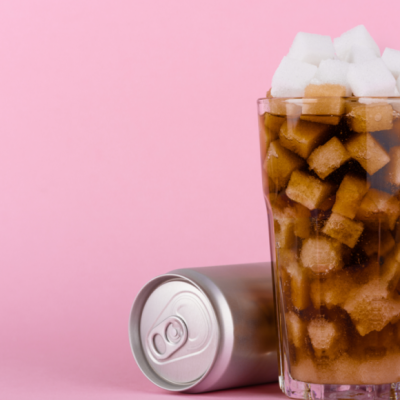A new “food ink” has been developed that allows vegetables to be produced in any shape and texture using a 3D printer. This is expected to improve the nutrition of people with dysphagia, a swallowing disorder. Patients with dysphagia typically receive pureed food, which is often shaped by doctors using silicone molds to make it more aesthetically pleasing. However, this process is time-consuming, labor-intensive, and requires storage space. An alternative is food produced by a 3D printer, which can be produced quickly and easily in the desired shape and consistency.
The problem with using food inks for 3D printing is that they often contain a high proportion of additives such as hydrocolloids, which affect the taste, texture, and aroma of the printed food, making it less appetizing for patients with dysphagia. This can lead to reduced food intake and malnutrition. Researchers from Nanyang Technological University, Singapore University of Technology and Design, and Khoo Teck Puat Hospital have now presented a new method for producing “food ink” made from fresh and frozen vegetables.
The new production method is expected to better preserve the nutrients and improve the taste of the printed food. The researchers hope that this will significantly increase the food intake of patients with dysphagia and improve their physical and mental health. The team also found that vegetables can be divided into three large groups, each requiring different hydrocolloid treatments to make them suitable for the printing process. The technique of 3D printing fresh vegetables can be easily used in hospitals, nursing homes, and day care facilities for older people with dysphagia and similar conditions.
According to Professor Yi Zhang, the head of the NTU research team, their innovation allows people with swallowing disorders to receive a safe, nutrient-rich diet. The food intake gains dignity as patients can actively participate in social life and enjoy meals that resemble regular food in appearance, consistency, and taste. The technology of 3D printing food is expected to make a significant contribution to the nutrition of our aging society in the near future. It can also be used to meet specific dietary requirements, such as individual adjustments to nutrient content and the visual design of dishes. The technique could improve the nutrition of seniors in the future, according to Gladys Wong.










